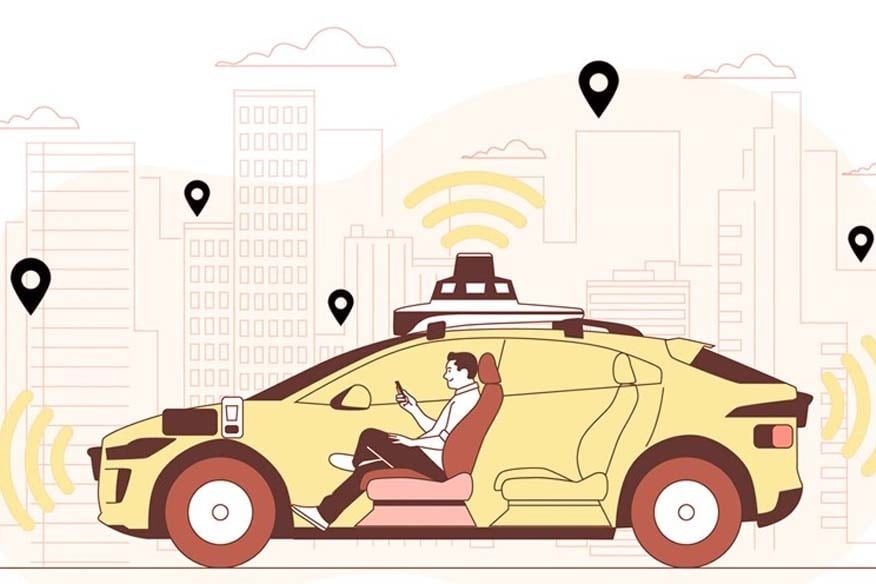ADAS technology is increasingly popular in modern cars, providing many driver assistance features, but many people still misunderstand the true role of this system. Graphics: Huu Vu
What is ADAS?
With traffic accidents still the leading cause of death in many countries, automakers are constantly investing in driver assistance technologies to improve safety. Among them, ADAS - Advanced Driver Assistance Systems - is considered an important stepping stone to fully autonomous vehicles.
ADAS is a collection of technologies that use sensors, radar, cameras and software to assist drivers in everyday driving situations. From forward collision warning, lane keeping, blind spot monitoring to adaptive cruise control, these systems are designed to reduce risk and support drivers in responding promptly.
Mr. David Zuby - Research Director of the Insurance Institute for Highway Safety (IIHS) of the United States, commented: "ADAS does not replace the driver, but acts as a digital assistant to help monitor potential risks that the human eye may miss."
The benefits are obvious but need to be understood correctly
Many studies have shown that ADAS can reduce the risk of urban collisions by up to 40% and accidents caused by lane changes without looking by more than 50%. However, many drivers today still do not fully understand the operating mechanism and limitations of these systems.
“Many users think that the car can be completely ‘self-driving’ when lane keeping and cruise control are turned on, which is very dangerous. ADAS only works optimally when the driver is still attentive and ready to intervene when needed,” warned Mr. Simon Roberts - Chief Engineer of Volvo Cars in Europe.
In reality, some serious accidents occur because drivers are subjective, completely trusting the system without keeping their hands on the wheel or eyes on the road.
Diversified by segment
Nowadays, ADAS is no longer a “luxury” technology only available on high-end cars. More and more mid-range cars in Vietnam and Southeast Asia are equipped with features such as automatic emergency braking, lane departure warning, and speed sign recognition.
However, the quality and accuracy of ADAS still depends on each car manufacturer and actual operating conditions.
“These systems typically work well in well-developed road environments and stable weather. In complex traffic environments, the system can be limited,” said Laura Kim, an automotive technology expert at the National University of Singapore.
AD Advertisement
Source: https://baonghean.vn/hieu-ve-cong-nghe-adas-ho-tro-nguoi-lai-o-to-10296817.html






















































![[Maritime News] Wan Hai Lines invests $150 million to buy 48,000 containers](https://vphoto.vietnam.vn/thumb/402x226/vietnam/resource/IMAGE/2025/6/20/c945a62aff624b4bb5c25e67e9bcc1cb)













![[Infographic] Party Committee of the Ministry of Culture, Sports and Tourism: Marks of the 2020 - 2025 term](https://vphoto.vietnam.vn/thumb/402x226/vietnam/resource/IMAGE/2025/6/22/058c9f95a9a54fcab13153cddc34435e)































Comment (0)